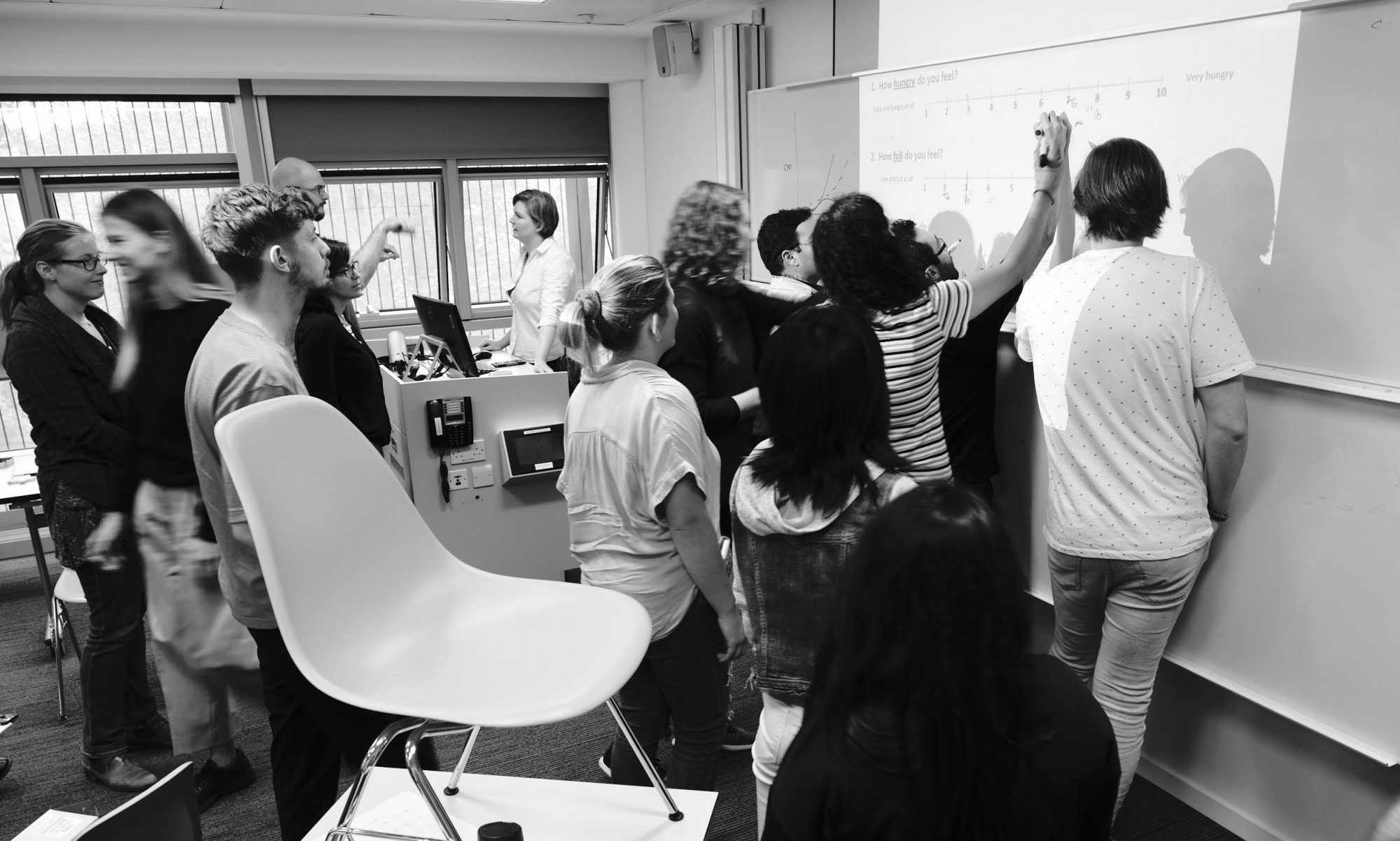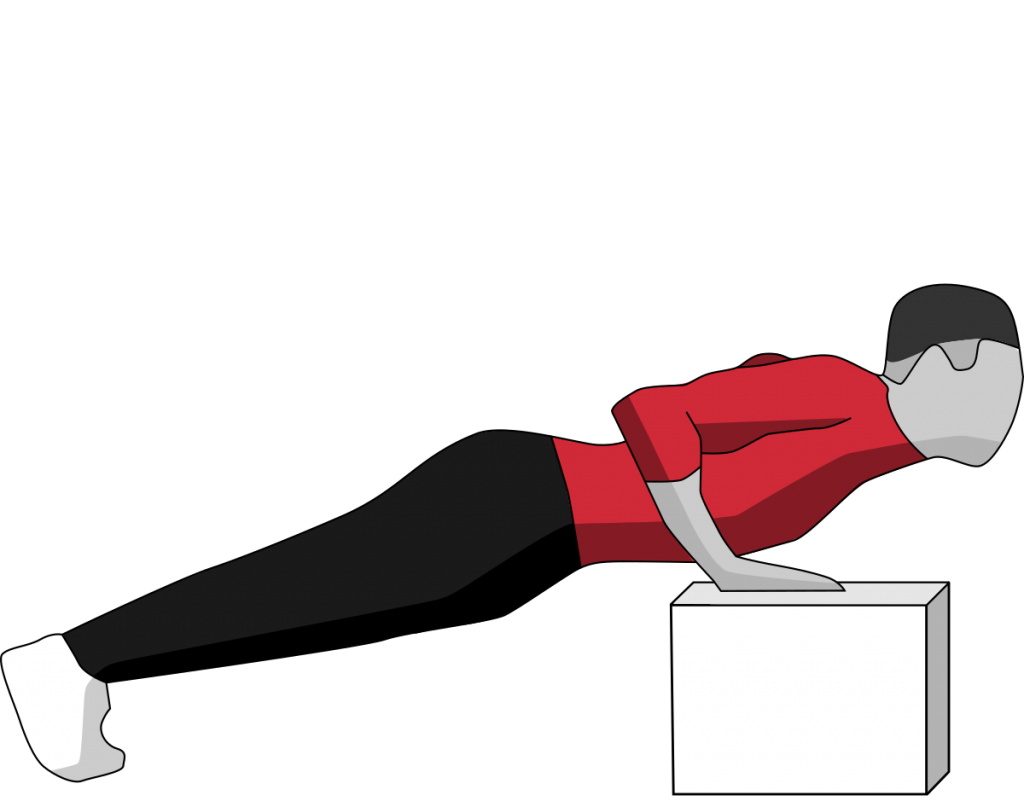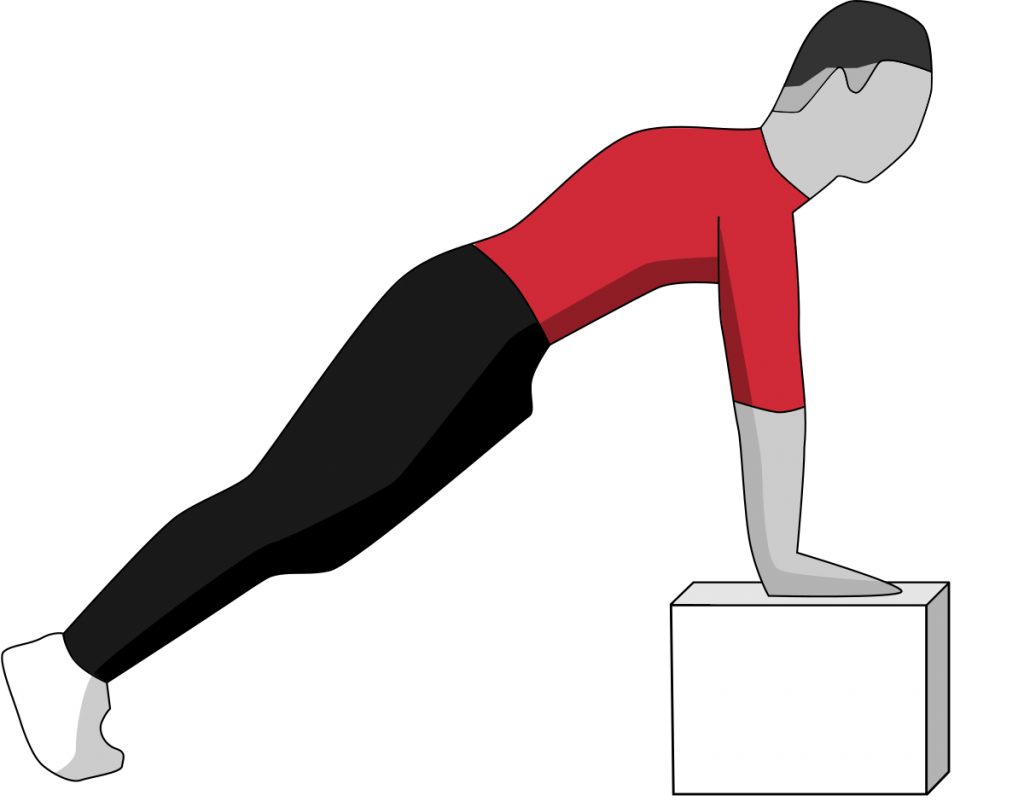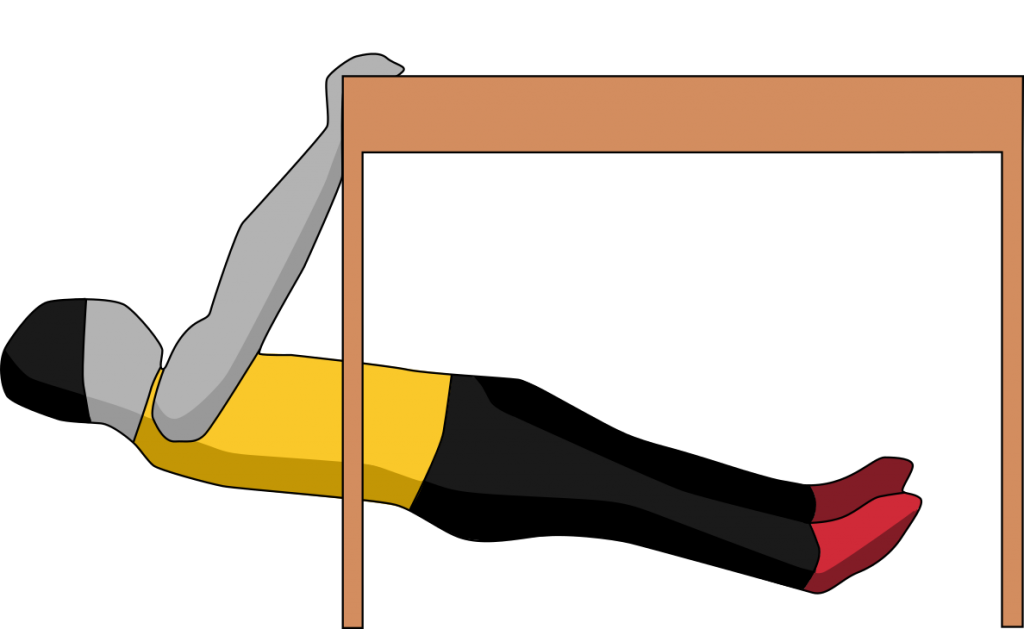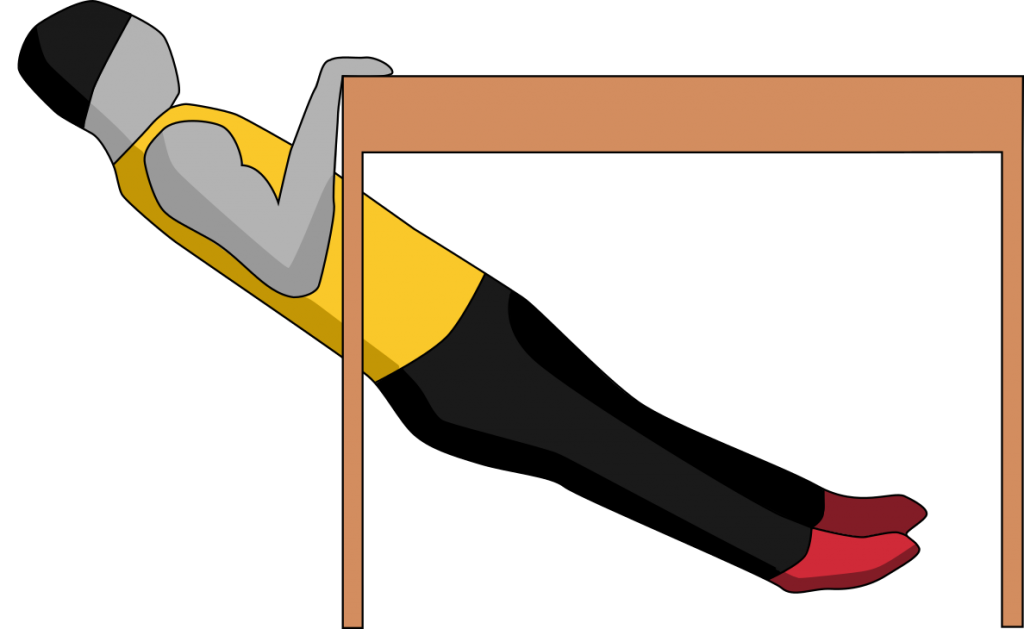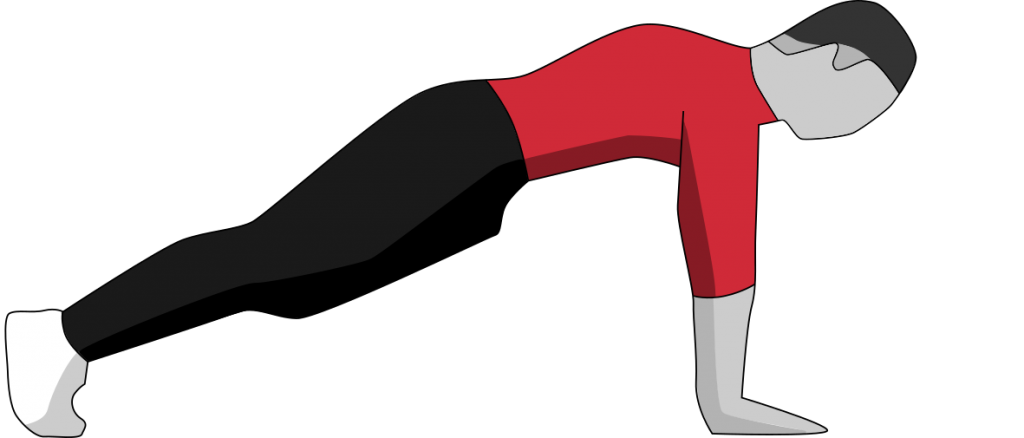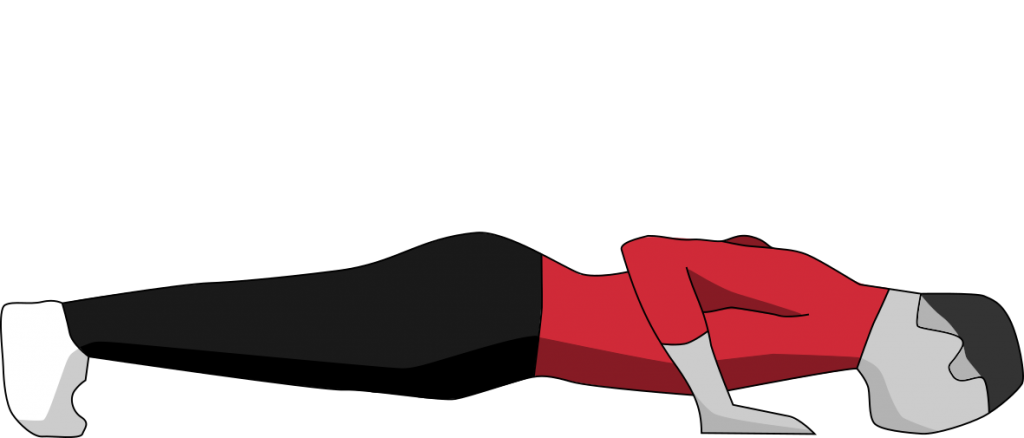Move Rep Set Blocks – Strength Lexicon
A goal for this Pilot is for you to build knowledge, skills and practice about Strength. As part of that practice is a strength lexicon that will stand you in good stead in any gym, anywhere.
MOVES v Exercies Before we begin, one place where our language may be a little different than most gyms. In this pilot we talk about “moves” as the names of the motions we’re exploring. Most places will talk about “exercises” – like squats, push ups and so on. We’ll talk about those too, but our focus is the MOVEMENT – a push a pull, a carry a rotation; moving one side of the body or both, or holding a position. A squat, for example is a lower body oriented push movement.
Why talk about moves? to focus on building movement – not exercises – and how strength fits into movement.
Now we enter the Standard Strength Terms space.
REP – a rep is short for “repetition.” a REP is a single instance of a move (and is sometimes called a single if it’s to be done only once, but most often, it’s just called a rep). One rep of a bodyweight squat is: get down into the loaded, lower position; stand up from that position.T That’s one rep. That’s one rep, singular. REPS how many times you repeat that move.
A REP is usually done to move some amount of LOAD (weight) that is being moved in a REP – we’ll talk LOAD later but for now – let’s talk about packaging REPS.
SET – is a container for REPs. For example, someone working to build up their muscle bulk might say ok i’m gonna do 5 sets of 5 reps of pike push ups. Why do we have SETS? for RECOVERY.
RECOVERY PAUSE We usually do X reps in a Set, non-stop, and then have a pause to recover between sets. How long that pause is depends on the kind of workout we’re doing. Typical these pauses (called recovery time ) may be 30- 90 secs vs as long as ten minutes (or longer).
Super Set – A super set is when we put two moves together and we move between those two moves without a break. So TWO MOVES – MOVE A and MOVE B per set with no break between those two moves, and only a break after those two sets together – that’s a super set. So Set Move A and Set Move B, one after the other, followed THEN by a recovery pause. We’re gonna use super sets A LOT.
For example – alternating X reps of a full body elevated PUSH up followed immediately by X reps of an under table PULL, followed by a recovery pause is a super set.
BLOCK – Blocks are used several ways in strength training. How we’re using BLOCK here is a BLOCK o’ time – where we actually minimize the time between supersets. For example, we’re using 7 min BLOCKS. What makes it a block is that within that 7 minutes, we get in as many super sets as possible, with the shortest recovery pause between those super sets as possible. A, B, short pause, A, B, short pause, A, B, pause, Some A reps in as buzzer goes.
BUILDER and EXPLORER Strength PROTOCOL: Putting it Together
But how many REPS per MOVE per SUPERSET are we talking about you may ask in our Builder Blocks?
5 reps per each move in the super set for 7min blocks. Yup. it’s 5 move A 5 move B with the shortest break possible before diving in again.
GOAL: as many sets, then as many reps after that, as possible, till the 7min timer goes off.
But what are the moves?
Each week we’ll build a new block that has variants of a Push and a Pull – we’ll get to those.
AND what about the LOAD per those pushes and pulls?
Simple Heuristic (rule of thumb): whatever the move, find whatever version you can do ten of, where you could just squeeze out one or two more – and then that’s the move you’ll do for 5 in the supersets.
For example. If you can do 2 push ups off the ground, that’s too few; 15 push ups when your arms are elevated on desk, that’s too many, and 10 (with 1-2 in the tank) when you are going from chairs or boxes, then (1) you use the chairs and (2) you do five reps for that move on the chairs. That’s your load.

HERE you count Move A and Move B back and forth, and then however many reps of whatever MOVE you’re in.
For example: 7 minute block
- do MOVE A 5 times (that’s ***1** MOVE A set inside a MOVE A/B superset)
- do MOVE B 5 times (that’s **1** MOVE B set inside MOVE A/B superset)
- do MOVE A 5 times (that’s *1 MOVE A set inside a MOVE A/B superset)
- do MOVE B 5 times (that’s 1 MOVE B set inside MOVE A/B superset)
- it’s getting to the end of the timer you only get 3 MOVE A REPS in so your count is:
- 2 setsA + 2 setsB, + 3 MOVES A (that gets recorded as your total for the day)
- GOAL: get at least ONE MORE rep every time you do the block
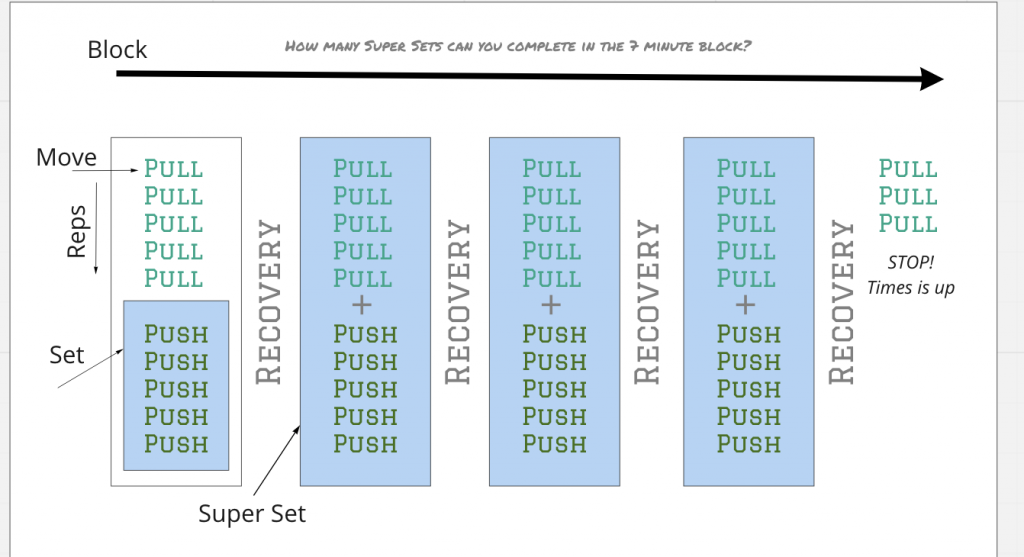
That’s it. One more rep – doesn’t matter which part of the super set – move a or move b – it’s just one more rep. Every day. Every session.
When you’re able to get more a couple more sets into your block, you’ll be ready to go to a more difficult variant of the MOVE. You’ll see – you’re stronger; you’re getting better at the movement; you’re feeling it in your body.
That’s our BLOCK protocol.
